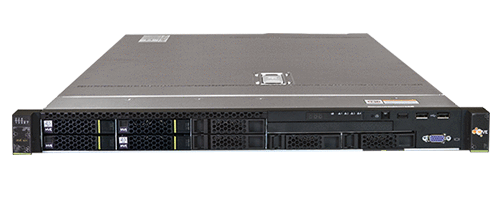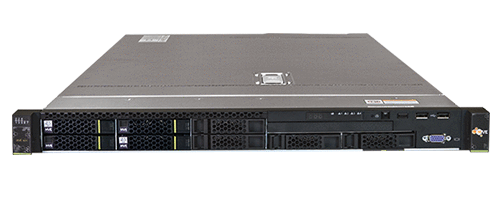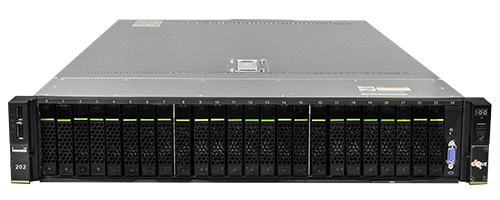VDI Appliance
The HVE (Hybrid Virtualization Engine) virtual desktop infrastructure consists of two (2) modes of operations (VDI control and VDI compute) running on the same hardware architecture platforms listed below. This makes the HVE architecture scalable with single pane of glass operations and compute. With the combination of dual Next-Generation Intel Xeon CPU's, 128-512GB DDR4 2667MHz memory, and all SSD storage for converged appliances, the HVE VDI platforms are making tremendous progress in providing seamless high-quality VDI performance in the core and outstanding end user experience on any device. Options for VDI optimization include VMware Blast and Teradici's APEX 2800 PCoIP offload cards.
The first mode of operation is the VDI control node configuration. This configuration combines all the required virtualization management servers along with virtual desktops running on the same HVE server. Although the preferred mode of operation is to leverage existing server virtualization infrastructure for management and control server, the VDI control node can provide powerful stand-alone architecture than can support several HVE VDI compute nodes.
The second mode of operation for the HVE solution is the “pure” VDI compute node. This configuration provides a very powerful standalone VDI compute platform, much like a VDI “cloud” hotspot. The HVE compute nodes can provide a boost to centralized infrastructure VDI solutions without the overhead of infrastructure cost and provide a remote drop-in VDI solution that is very powerful and managed centrally.
Contact HVE for further technical details and demonstrations.
HVE ConneXions is VMWare TAP Approved

- VMWare vCenter Server with View Composer Service
- VMWare View Connection Broker(s)
- Persona management file server
- VMWare Utility Servers
- Teradici Management Console
- VMWare Data Recovery Manager Server
- VMWare Windows 10 Base Image(s)
- HVE "end-to-end" Monitoring Solution



